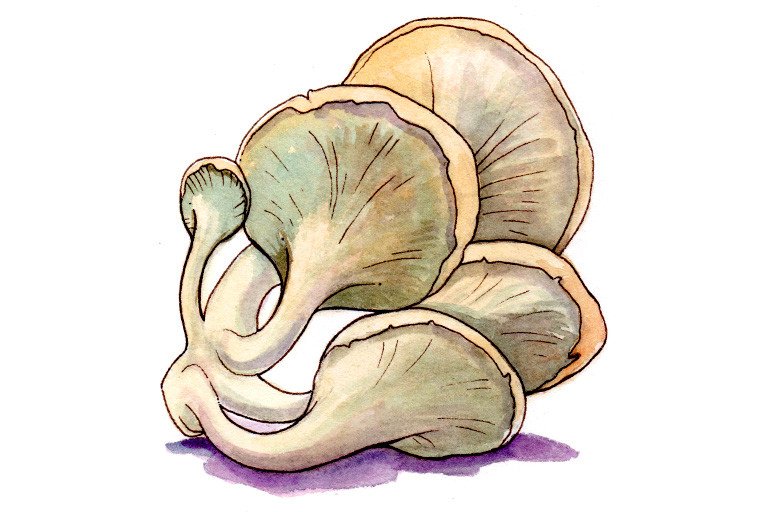Uses of Mushrooms in Cancer Treatment
Mushrooms have garnered significant interest in cancer treatment due to their potential medicinal properties. While more research is needed to fully understand their effectiveness, several mushroom species have shown promise in various aspects of cancer treatment. Here are some current uses of mushrooms in cancer treatment:
1. Immune Modulation: Certain mushrooms contain bioactive compounds that can modulate the immune system, potentially enhancing the body's ability to recognize and destroy cancer cells. For example, mushrooms like reishi (Ganoderma lucidum), maitake (Grifola frondosa), and turkey tail (Trametes versicolor) have been studied for their immunomodulatory effects. These mushrooms contain polysaccharides and other compounds that may stimulate immune cells such as T cells, natural killer cells, and macrophages.
2. Anti-tumor Activity: Some mushrooms possess compounds with anti-tumor properties, which can inhibit the growth and proliferation of cancer cells. For instance, extracts from reishi mushrooms have been found to induce apoptosis (programmed cell death) in cancer cells and inhibit angiogenesis (the formation of new blood vessels that tumors need to grow). Similarly, maitake mushrooms have demonstrated anti-tumor effects in preclinical studies, potentially through mechanisms such as cell cycle arrest and suppression of tumor invasion and metastasis.
3. Chemoprevention: Certain mushrooms contain compounds that may help prevent cancer development or progression. For example, mushrooms rich in beta-glucans, such as shiitake (Lentinula edodes) and maitake, have been investigated for their chemopreventive effects. Beta-glucans are polysaccharides that possess antioxidant and immune-stimulating properties, which may contribute to their potential cancer-preventive properties by reducing oxidative stress and enhancing immune surveillance against cancer cells.
4. Adjunctive Therapy: Mushrooms are often used as adjunctive therapy alongside conventional cancer treatments such as chemotherapy and radiation therapy. Some studies suggest that certain mushrooms may help alleviate the side effects of these treatments, improve quality of life, and enhance treatment efficacy. For example, mushrooms like reishi and turkey tail have been investigated for their potential to reduce chemotherapy-induced side effects such as nausea, fatigue, and immune suppression.
5. Clinical Trials and Research: Numerous clinical trials and preclinical studies are ongoing to evaluate the safety and efficacy of mushrooms in cancer treatment. These studies aim to elucidate the mechanisms of action of mushroom compounds, identify optimal dosing regimens, and determine their potential role in integrative cancer care.
While mushrooms show promise as complementary or alternative therapies for cancer, it's important to note that more rigorous research, including well-designed clinical trials, is needed to establish their efficacy and safety profiles. Additionally, individuals undergoing cancer treatment should consult with healthcare professionals before incorporating mushrooms or mushroom supplements into their regimen, as they may interact with certain medications or treatments.

Comments
Post a Comment